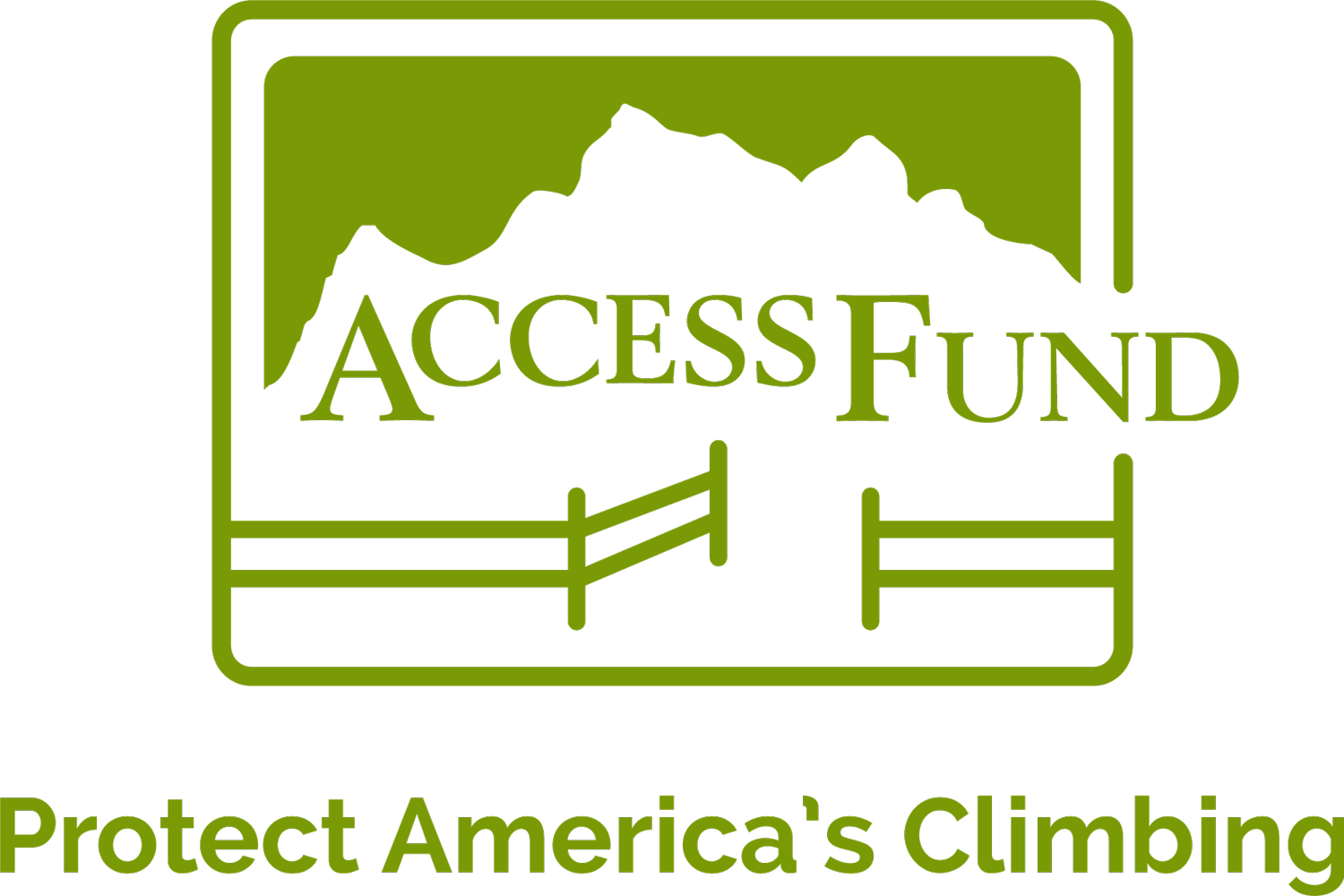The Future of Moe’s Valley is at Stake
The Bureau of Land Management (BLM) has opened a public comment period on the Northern Corridor Right-of-Way Project in St. George, Utah. As part of this process, the BLM has released an Environmental Assessment (EA) to reassess an application from the Utah Department of Transportation (UDOT) requesting a right-of-way (ROW) for the proposed Northern Corridor Highway (UTU-93260) through Washington County. If approved, this project would result in permanent protection of Zone 6—an area that includes Moe’s Valley and surrounding public lands totaling more than 6,800 acres. This protection is intended to offset the impacts of the proposed highway on desert tortoise habitat within the Red Cliffs Desert Reserve.
Zone 6, which encompasses Moe’s Valley, Zen Wall, Mario Land, and Green Valley Gap, is a world-renowned climbing and recreation area that also provides critical habitat for threatened and endangered species, including some of the most densely populated desert tortoise habitat range-wide. The area’s 65 miles of non-motorized trails support the physical and mental health of local residents and attract visitors from around the world, contributing important revenue to the local economy through tourism and recreation.
Access Fund and the climbing community strongly support long-term protection of Zone 6 and urge the BLM to conduct additional studies analyzing the recreational, economic, and health significance of this area. We also urge the agency to ensure permanent conservation measures are applied to Zone 6 to safeguard these irreplaceable climbing and natural resources for future generations.
Submit your comments to the BLM by November 3 to help ensure Moe’s Valley and Zone 6 remain protected.
Example Comment:
I’m writing to voice my strong support for the permanent protection of Zone 6, including Moe’s Valley, Zen Wall, Mario Land, and Green Valley Gap, as part of the Northern Corridor Right-of-Way Project (UTU-93260).
Zone 6 is a world-class climbing and recreation area that also provides critical habitat for threatened and endangered species like the desert tortoise. Its trails and open spaces support local health, well-being, and outdoor access while contributing significantly to the regional economy through recreation and tourism.
Please ensure that Zone 6 remains protected from future development and that additional studies are conducted to assess its recreational and economic importance. Protecting this landscape is essential for both the climbing community and the long-term conservation of this unique desert ecosystem.

